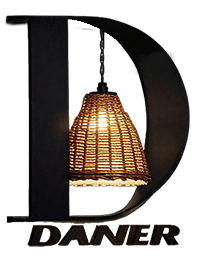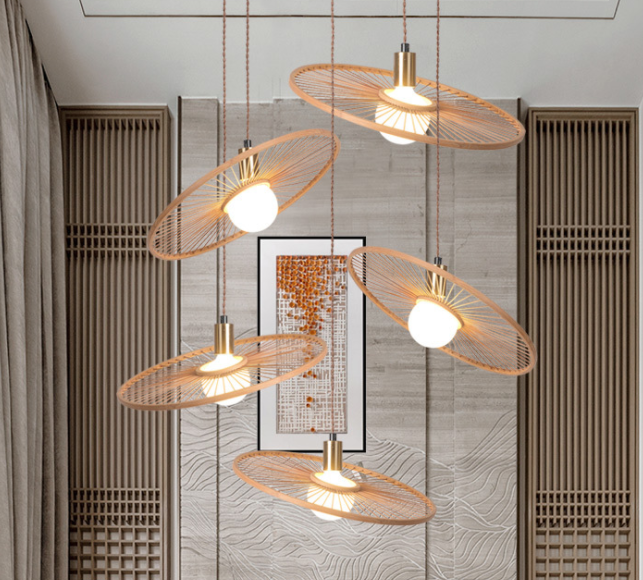Are Bamboo and Rattan Lights Suitable for Outdoor Use?
Bamboo and rattan lights have long been admired for their natural beauty, artisan craftsmanship, and eco-friendly appeal. From a bohemian rattan chandelier in a cozy restaurant to a wicker outdoor hanging light on a patio, these fixtures blend elegance with rustic charm. But are they truly suitable for outdoor use? Let’s explore the benefits and drawbacks.
1. Moisture and Weather Resistance
While bamboo and rattan are durable, they are organic fibers that can absorb moisture. Outdoor conditions like rain, humidity, or snow can weaken materials such as a wicker basket ceiling lamp or a Bali rattan pendant light. Without proper sealing or protective finishes, these fixtures may warp, crack, or fade.
2. UV Exposure and Color Fading
Sunlight exposure can cause discoloration. For example, a boho bamboo lampshade or natural bamboo woven shade may lose its warm tones over time if left unprotected in direct sunlight. Using UV-resistant coatings can help extend their life outdoors.
3. Proper Outdoor Placement
Some bamboo fixtures like a bamboo wall sconce or tropical rattan wall lamp can thrive outdoors if placed under covered patios or pergolas. Semi-sheltered areas protect them from rain while still allowing their woven beauty to shine.
4. Eco-Friendly and Handmade Appeal
Whether it’s a handmade straw pendant light or an artisan wicker chandelier, these lights carry eco-friendly values and a handmade story. They are ideal for outdoor dining spaces, cafes, and restaurants aiming to highlight natural and artisanal aesthetics.
5. Maintenance for Longevity
To make bamboo and rattan lights last outdoors, regular cleaning and protective finishes are essential. Sealing a wicker chandelier shade or a rattan drum ceiling light with water-resistant coatings ensures durability.
✨ In conclusion, bamboo and rattan lights can be suitable for outdoor use—if properly maintained and strategically placed. They add a handcrafted, rustic elegance to patios, restaurants, and boho-inspired outdoor areas.
Address
No. 3, Lane 6, Fushan, Tiebian Village, Henglan, Zhongshan City

CONTACT US
_lutHu5.png)


Call Us
13527147288
E-mail Us




